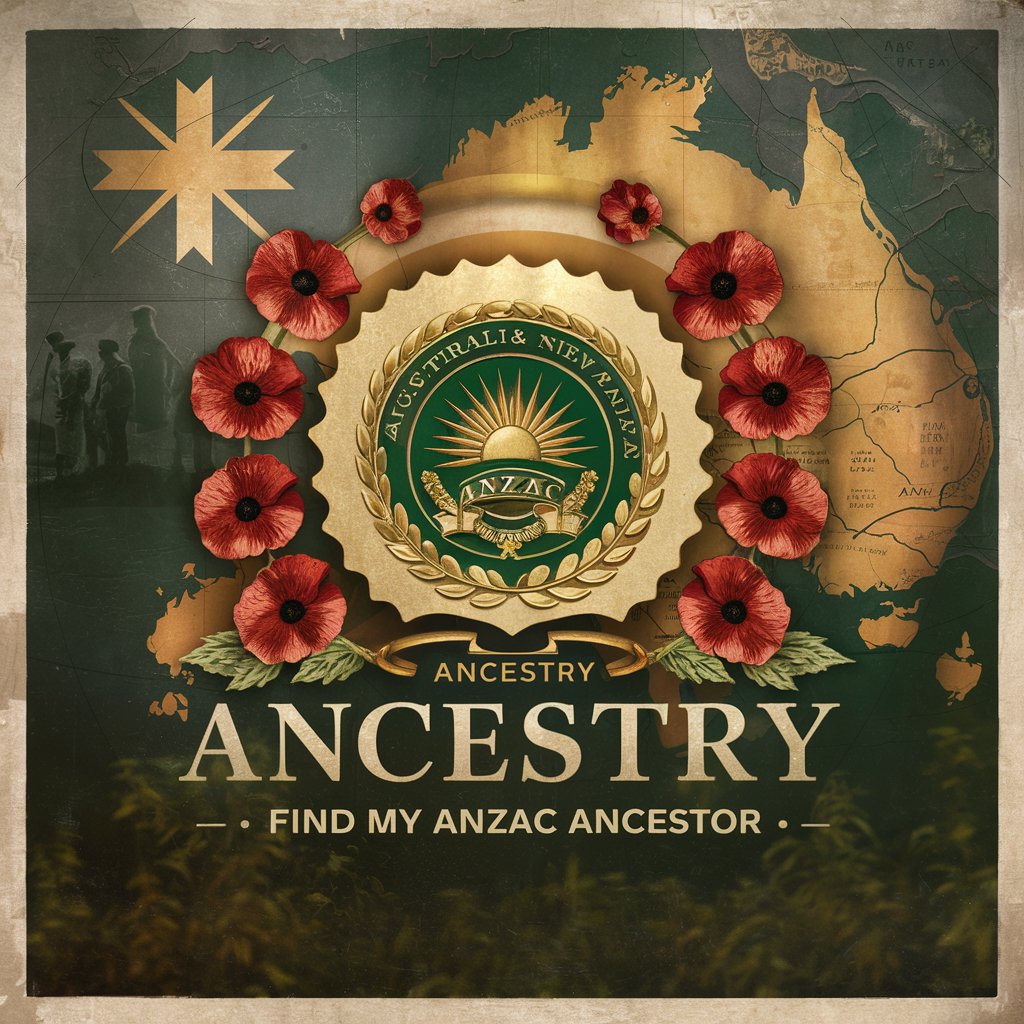
Wildlands Management - Wildlife and Wildlands Management Insights

Welcome! Let's explore wildlife and wildlands management together.
Empowering conservation with AI
Explain the importance of preserving biodiversity in wildlands.
How can sustainable practices be implemented in wildlife management?
Discuss the impact of climate change on wildlands and their ecosystems.
What are the best strategies for restoring degraded wildlands?
Get Embed Code
Introduction to Wildlands Management
Wildlands Management encompasses the practices, methods, and policies aimed at conserving, restoring, and sustainably using natural habitats and wildlife populations. It involves a multidisciplinary approach that integrates ecological science, conservation strategies, and policy frameworks to maintain biodiversity, ensure ecosystem services, and promote human well-being in harmony with nature. Key aspects include habitat conservation, species protection, ecosystem restoration, and the management of natural resources to prevent exploitation and degradation. Examples of Wildlands Management in action include the establishment and management of protected areas such as national parks and wildlife reserves, reforestation projects to restore degraded lands, and the implementation of sustainable land use practices that balance human needs with environmental preservation. Powered by ChatGPT-4o。

Main Functions of Wildlands Management
Habitat Conservation
Example
Designating wilderness areas to protect ecosystems from industrial development.
Scenario
In the Amazon rainforest, large areas are designated as protected to preserve their unique biodiversity and prevent deforestation.
Species Protection
Example
Implementing legal protections for endangered species.
Scenario
The Endangered Species Act in the United States provides a framework for the conservation and recovery of threatened and endangered plants and animals and their habitats.
Ecosystem Restoration
Example
Reintroducing native species and removing invasive ones to restore ecological balance.
Scenario
Projects like the reintroduction of wolves to Yellowstone National Park have helped restore a more natural ecosystem balance, benefiting numerous other species.
Sustainable Resource Management
Example
Applying scientific principles to manage forests, fisheries, and water resources sustainably.
Scenario
Sustainable forestry practices allow for timber extraction without compromising the health of forest ecosystems, ensuring they remain viable for future generations.
Ideal Users of Wildlands Management Services
Government Agencies
Responsible for implementing and enforcing environmental policies, laws, and regulations. They benefit from Wildlands Management services by gaining access to expert guidance on creating effective conservation strategies, managing protected areas, and monitoring ecosystem health.
Conservation Organizations
Non-profit and non-governmental organizations focused on wildlife protection, habitat conservation, and promoting biodiversity. These groups use Wildlands Management services to support their conservation projects, from planning and executing restoration efforts to engaging communities in conservation activities.
Landowners and Farmers
Private individuals and commercial entities that own or manage land. They can benefit from Wildlands Management services by learning and implementing sustainable land use practices that enhance biodiversity, improve soil health, and increase the resilience of their land to environmental changes.
Research and Educational Institutions
Universities, colleges, and research institutes that conduct studies on ecology, conservation biology, and environmental science. They utilize Wildlands Management services for data, expertise, and collaboration opportunities on research projects and educational programs aimed at solving complex environmental challenges.

How to Use Wildlands Management
Initiate Trial
Start by visiting yeschat.ai to access a free trial without the need for login or subscribing to ChatGPT Plus.
Identify Objectives
Clarify your objectives for using Wildlands Management, whether for research, conservation planning, educational purposes, or policy development.
Explore Features
Familiarize yourself with its features, including data analysis, environmental impact assessment, and wildlife population management tools.
Engage with the Tool
Use the tool to input your specific queries related to wildlife and wildlands management to receive comprehensive, data-driven answers.
Apply Insights
Apply the insights gained from the tool to your wildlands management projects, ensuring to consider environmental sustainability in your decisions.
Try other advanced and practical GPTs
Career Transition Navigator (Multilanguages)
Empower Your Career Transition with AI

Expert AI & automation GPT
Empowering Business with AI

IT 培训智囊
Empower IT Training with AI-driven Marketing

Global News Explorer
Explore the world's news with AI precision.

Ad's up - Logo Maker
Crafting Your Brand's Identity with AI

Town
Discover towns, culture, and history with AI.

Critères du client
Customized Insights with AI Precision

Directory Navigator
Navigate Business Directories with AI

Kauai Explorer
Discover Kauai's Natural Wonders, AI-Powered

Dress
Empowering Your Style with AI

Bicycle
Empowering Your Cycling Journey with AI

Find My ANZAC Ancestor
Uncover your ANZAC legacy with AI-powered research.

Wildlands Management Q&A
What kind of data does Wildlands Management analyze?
Wildlands Management analyzes a variety of data, including satellite imagery, wildlife population statistics, climate patterns, and human activity impacts, to provide insights into ecosystem health and conservation strategies.
Can Wildlands Management help in creating conservation plans?
Yes, it aids in the creation of conservation plans by offering data-driven insights into habitat requirements, species distribution, and threat assessments, enabling users to design effective conservation strategies.
How does Wildlands Management contribute to educational purposes?
It serves as an educational tool by providing up-to-date information on wildlife ecology, conservation challenges, and management practices, helping students and researchers deepen their understanding of environmental science.
Is Wildlands Management suitable for policy development?
Absolutely, it supports policy development by supplying evidence-based recommendations on sustainable land use, wildlife protection laws, and biodiversity conservation policies.
What tips can you offer for optimizing the use of Wildlands Management?
For optimal use, regularly update your objectives based on current environmental issues, engage with the latest research and data provided by the tool, and apply the insights in a practical, sustainability-focused manner.